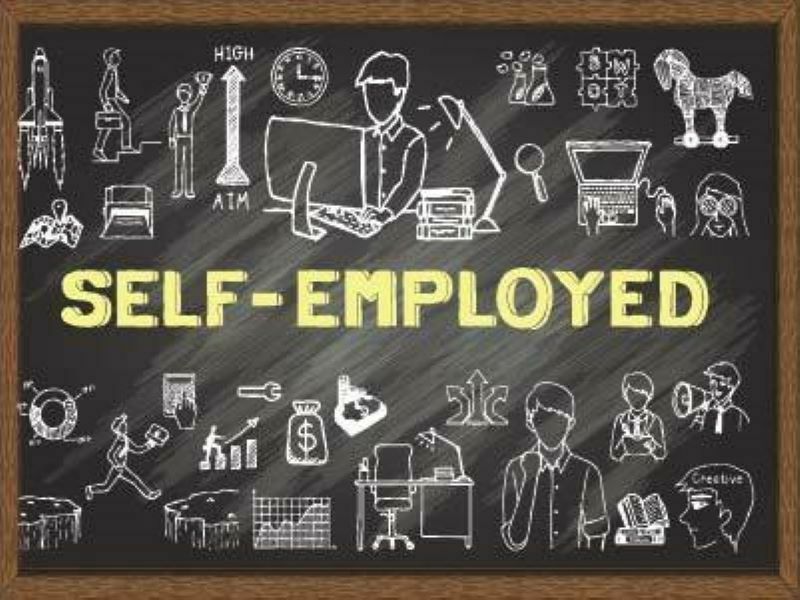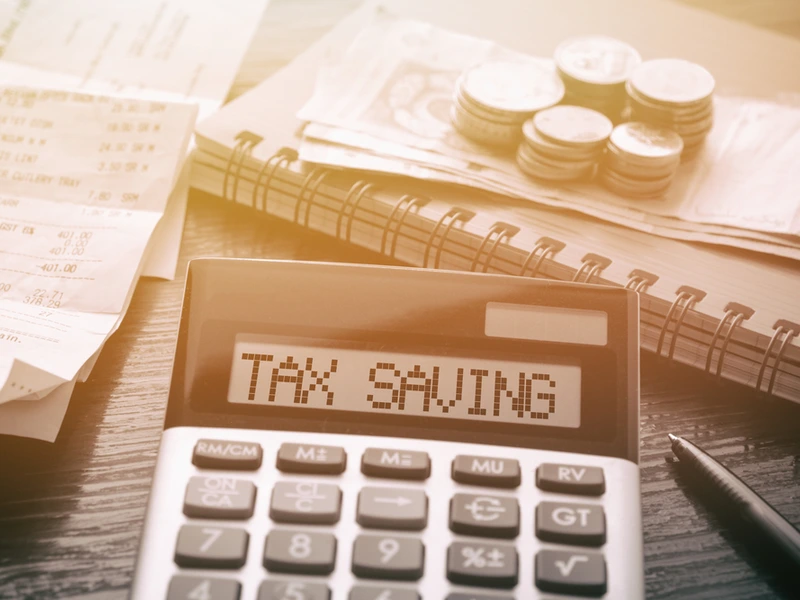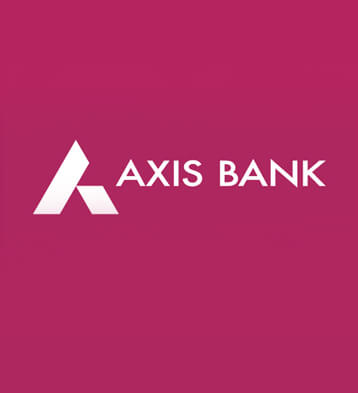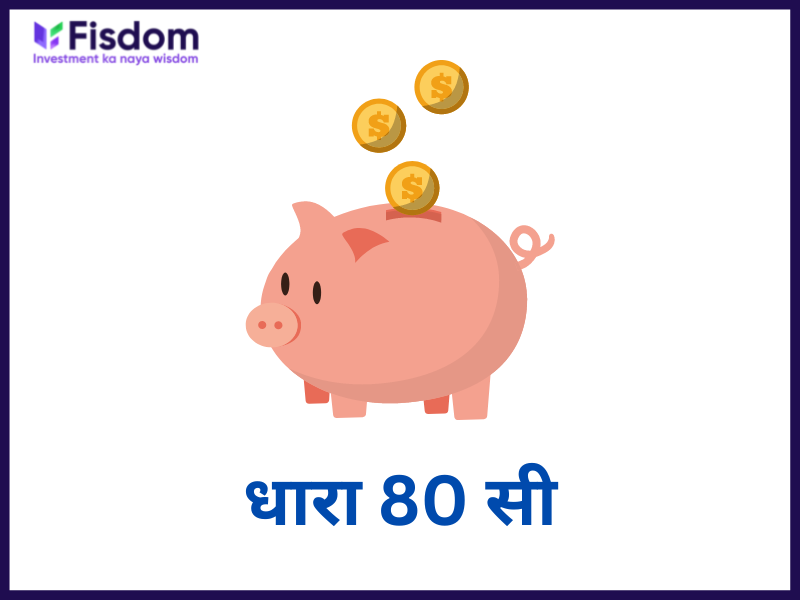
India has more number of self-employed people as compared to salaried individuals. Our country is called a large gig economy considering the population size of self-employed people who have made it so. Self-employment encompasses workers from varied categories like casual labourers to freelance professionals, graphic designers, writers,etc. Most self-employed individuals have irregular payment systems and therefore require tax-saving options to sync with their erratic payment schedule.
Here, we will discuss various aspects of tax saving for self-employed individuals in India.
Who is considered as Self-Employed for Tax Purposes?
As per the Income Tax Act, all those individuals who don’t have a fixed income or a salary from an organization can be considered self-employed. The individual could be involved in a business, trade commerce, or a profession. Vocational occupations like a painter, author, auditor, doctor, lawyer, architect, and such can come under profession. Given below are a few of the related terms and definitions as per the Income-tax Act:
- Business is defined as any trade, commerce, manufacturing, adventure, trade, commerce, or manufacture.
- Self-employed individual is one who sells his or her services to various employers without entering any long-term contracts.
- Income tax is charged on the income generated by a self-employed individual under the head: ‘Profit and gain from business or profession’.
- Profit calculation is to be done after reducing all the expenses and losses that are incurred during the course of earning the income for the business, vocation, or profession.
- If a self-employed individual earns more than Rs. 50 lakhs in a financial year, he/she must get their accounts audited by a qualified Chartered Accountant. They also need to submit a tax audit report for the same.
Income Tax Slabs for Self-Employed
For self-employed individuals who are below 60 years of age, Hindu Undivided Family, Association of persons, Body of Individual, artificial juridical person – following income tax slabs are applicable:
| Nil |
| 5% of the amount in excess of Rs. 2,50,000 |
| 5% of the amount in excess of Rs. 2,50,000 +20% of the income exceeding Rs.5,00,000 |
| 5% of the income exceeding Rs. 2,50,000 +20% of the income exceeding Rs. 5,00,000+30% of the income exceeding Rs. 10,00,000 |
How to Save Tax – Self-Employed Individuals
Here are some easy ways for self-employed individuals to save income tax in India:
- Deductions under Section 80C – A self-employed individual can claim tax benefit on investments up to Rs. 1.5 lakh under Section 80C of the Income Tax Act. For individuals who fall in the maximum tax slab of 30%, investing Rs 1.5 lakh can save them tax of up to Rs 46,800 every year. Here are some investments which are eligible for tax benefit under this section:
- Public Provident Fund (PPF)
- Sukanya Samriddhi Account
- National Savings Certificate
- Tax-saving fixed deposits.
- Premium payments on life insurance plans
- National Pension Scheme (NPS)
- Tax-saving mutual funds (ELSS)
Other items which can be claimed for deduction are :
- Tuition fees paid for up to two children can also be claimed for deduction
- Principal repayment on a home loan
- Stamp duty and registration cost on the house bought
- Claim the expenses – If a self-employed individual files income tax through the regular method, he/she must claim all the expenses associated with their profession. This can help in reducing the taxable income as long as the claims are legitimate and can be backed with genuine proof. Planning expenses in advance can help in easily getting the deduction benefit. Here are some of the expenses that can be claimed for tax-saving purposes:
- Rent
- Repairs
- Office supplies
- Monthly telephone bills
- Internet bills
- Travelling expenses
- Entertainment or hospitality expenses related to the business
- Professional fees
- Effective tax planning – For self-employed individuals who want to file ITR-4, it is important to not miss out on expense-claims related to the profession. These can help in reducing total taxable income significantly. However, the expenses have to be legitimate and must be backed with sufficient proof. Individuals can plan their expenses well in advance to claim the deduction benefits. Individuals who are filing the ITR-4S are allowed to claim deductions under Sec 80C, 80CCD, 80D, etc. after assuming profits to be 50% of gross receipts for the business/profession. Hence, effective tax planning can help in further reducing the tax liability.
- Careful selection of tax method – Analysing expenses helps to understand the tax method that is best suited for a self-employed individual. It makes sense to consult an accountant or tax advisor before choosing between ITR-4 & 4S. The ITR-4 Form can be used by individuals or HUFs who’s primary source of income is proprietary business or profession. This form has to be used when the turnover/gross receipts from the business are more than Rs. 1 crore. ITR 4S is to be used by individuals whose business earnings are below Rs. 1 crore.
- Presumptive tax scheme – The government of India recently introduced an alternative of tax-filing for the self-employed professionals whose income is then Rs. 50 lakhs per year. Businesses with annual turnover within Rs. 2 crore are eligible for presumptive tax as long as they declare profits of 8% for non-digital transactions or 6% for digital transactions. Under the presumptive tax method, a self-employed professional can claim expenses up to 50% of the total income. Here, the income tax is calculated on the remaining 50% after adding interest income to it. It does not require any separate proof of expense or maintaining of accounting records.
Regular tax vs Presumptive tax: Which is Better?
Here are some differentiating points which will help self-employed professionals to select between regular tax and presumptive tax method:
- As a self-employed professional, if your expenses are less than 50% of the total income, presumptive tax may be the best option to use.
- Once you have chosen the presumptive tax method, you have to continue the same for the consecutive five years with no break. In case you change the method earlier, then you cannot re-select this method for the upcoming five years.
- The presumptive tax system is ideal for those who don’t want the hassle of maintaining accounts and expense proofs for eight consecutive years. Also, those who want to avoid an audit of books can benefit from this method.
- The regular tax method is an ideal choice for those who claim expenses that are over 50% of the total income. Also, it makes sense to use this method if you think documenting incomes and expenses is an easy task.
How to File Taxes for Self-Employed
Self-employed individuals are required to file ITR-4, and they can claim the expenses incurred while earning the revenue from the profession. The expenses are deductible as long as there is valid proof for the same.
End Note
Every self-employed individual enjoys the flexibility of managing his/her taxation independently. They can take complete control of income and expense planning to ensure maximum tax saves. Self-employment comes with a lot of benefits, and saving of income tax is one of them. This, however, requires careful planning, awareness, and guidance from qualified professionals.



























